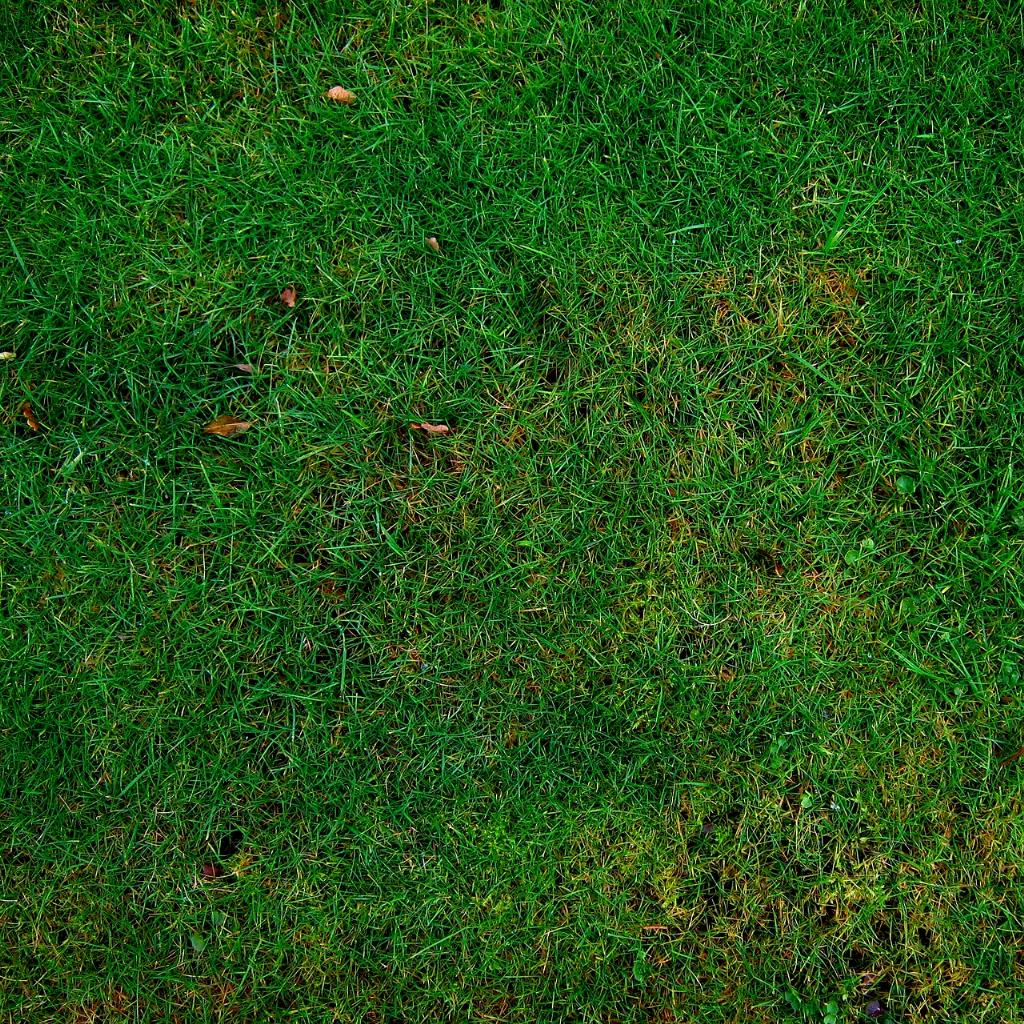When it comes to lawn care, the question of whether to aerate your lawn before seeding is an important one to consider. Aeration is the process of perforating the soil with small holes to allow air, water, and nutrients to penetrate the grassroots. This practice is often recommended to improve the overall health of your lawn and promote better growth. When it comes to seeding, aeration can play a crucial role in ensuring that your newly planted seeds have the best chance of success.
The Benefits of Aeration Before Seeding
Aerating your lawn before seeding can provide a range of benefits that can help your grass grow stronger and healthier. By creating small holes in the soil, aeration allows for better air and water circulation, which can promote deeper root growth and enhance the overall resilience of your lawn. Additionally, these holes provide the perfect environment for newly planted seeds to establish themselves, as they have direct access to essential nutrients in the soil.
Timing is Key
Timing plays a crucial role in the success of your lawn care efforts. When deciding whether to aerate before seeding, it’s important to consider the current condition of your lawn. Aeration is typically recommended during the growing season when the grass can quickly recover from the stress of the process. By aerating before seeding, you give your grass the best chance to thrive and establish a strong root system before the colder months set in.
Preparing Your Lawn for Seeding
Before you begin the aeration process, it’s important to prepare your lawn for seeding. This includes mowing your grass to a shorter length, removing any debris or thatch, and ensuring that the soil is well-hydrated. Aeration should be followed by overseeding to fill in any bare patches and promote a lush, healthy lawn.
Choosing the Right Equipment
When it comes to aerating your lawn, you have a few different options to choose from. Spike aerators and core aerators are the most common types of equipment used for this purpose. Spike aerators create holes by puncturing the soil with spikes, while core aerators remove small plugs of soil, allowing for better air and water circulation. Depending on the size of your lawn and the extent of the aeration needed, you can decide on the most suitable equipment for your needs.
Best Practices for Aeration and Seeding
For optimal results, it’s best to follow a few key best practices when aerating and seeding your lawn. Make sure to aerate in a crisscross pattern to ensure that all areas of the lawn are properly perforated. Seed should be spread evenly and at the recommended rate to avoid overcrowding and ensure uniform coverage. Additionally, water your lawn regularly after seeding to help the new grass establish itself and thrive.
Consulting with a Professional
If you’re unsure about whether to aerate your lawn before seeding, or if you’re looking for expert guidance on lawn care practices, consider consulting with a professional landscaper or lawn care specialist. These professionals can assess the condition of your lawn, recommend the best course of action, and provide valuable tips on how to achieve a healthy, vibrant lawn.
Conclusion
In conclusion, aerating your lawn before seeding can be a beneficial practice that promotes healthy growth and ensures the success of your lawn care efforts. By creating small holes in the soil, you provide your grass with the opportunity to access essential nutrients and establish a strong root system. Remember to consider the timing, prepare your lawn adequately, choose the right equipment, and follow best practices for aeration and seeding for the best results. Consulting with a professional can also offer valuable insights and guidance to help you achieve a lush, vibrant lawn.

